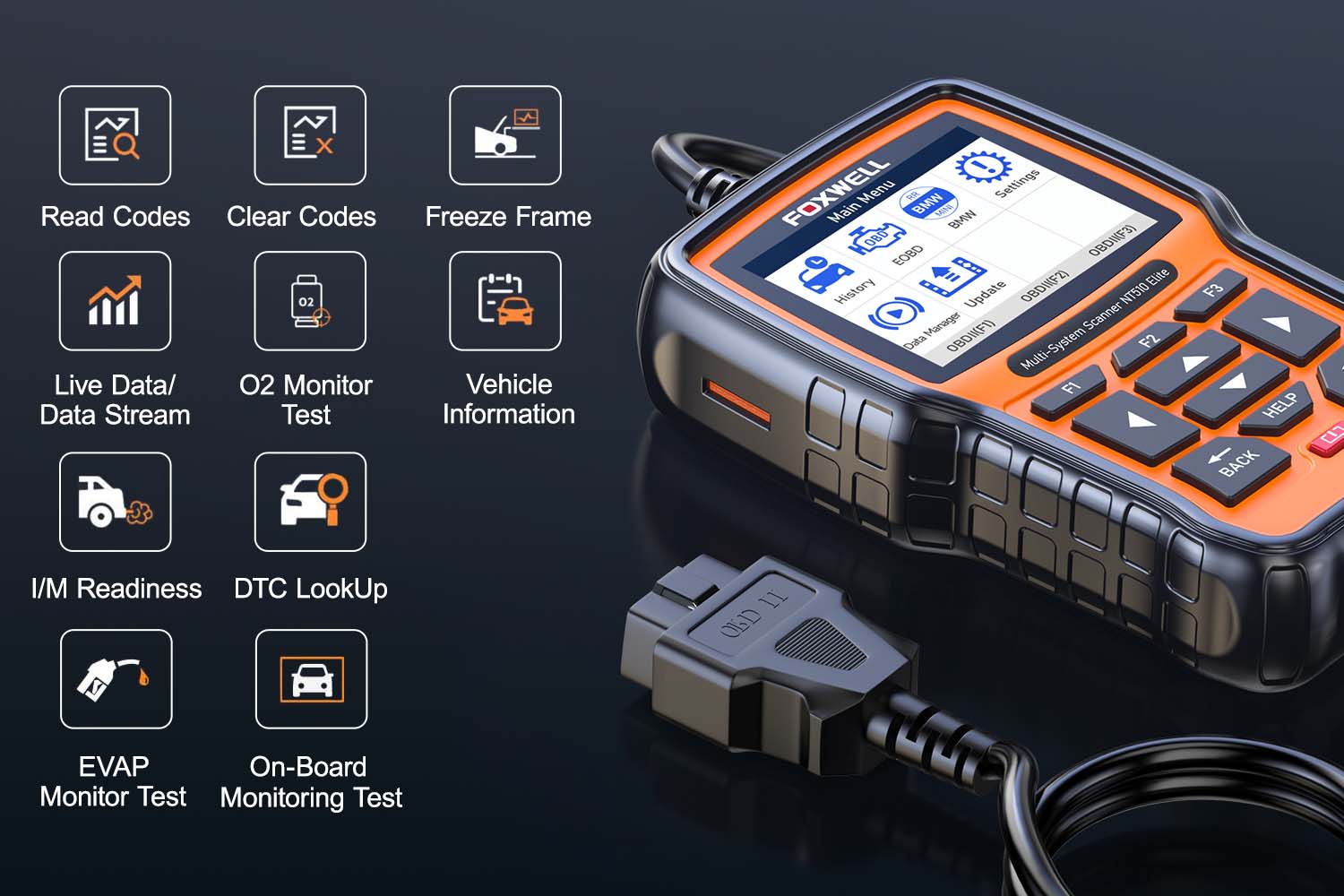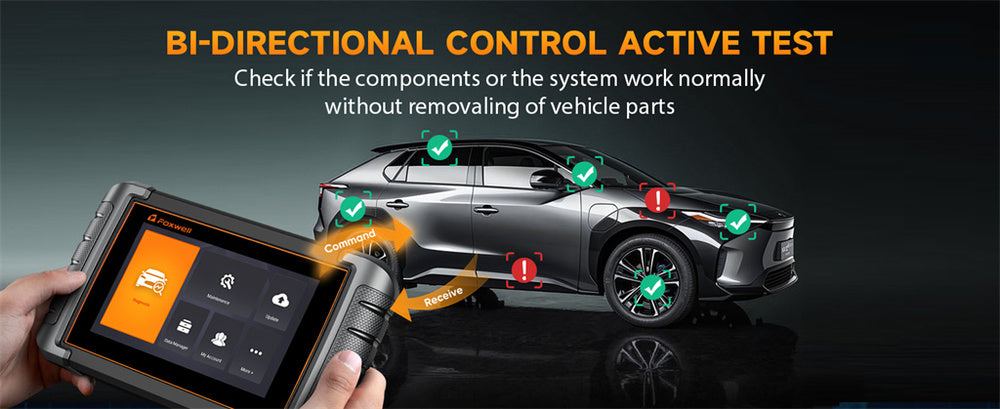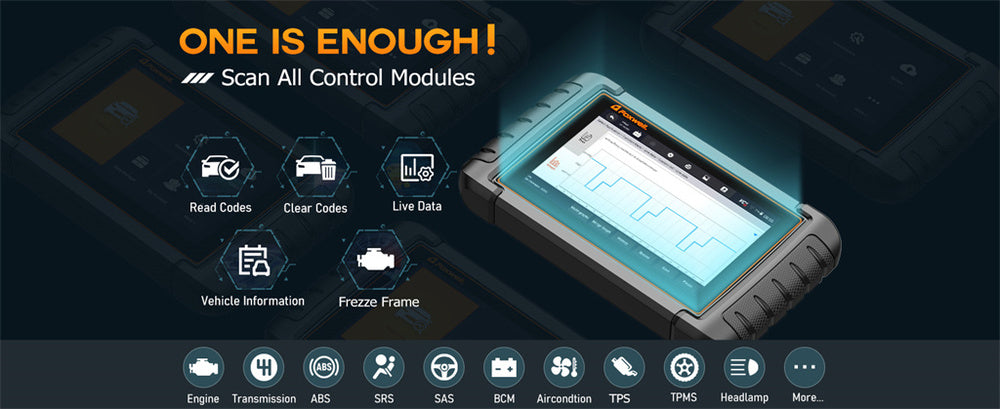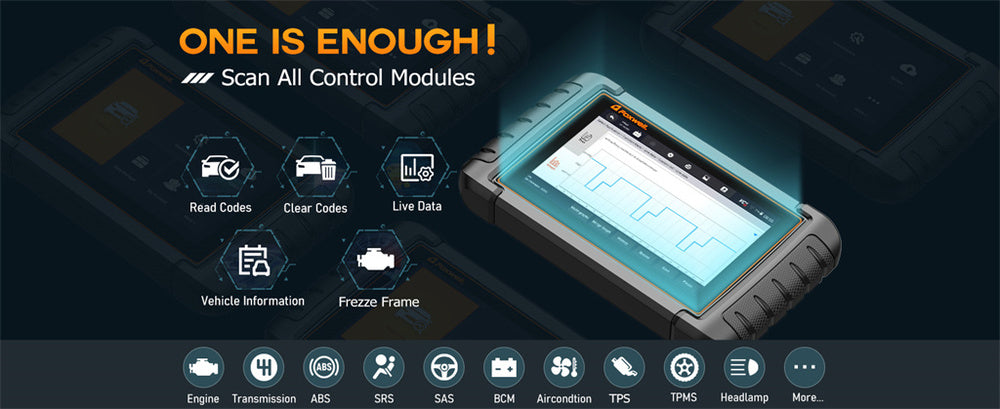Automotive obd2 scanner can often cause confusion when it comes to vehicle maintenance. One common misunderstanding involves whether the car needs to be running in order to perform diagnostic checks.
Many car owners believe this assumption, believing it should be active for effective diagnostic checks, but in reality, this assumption is incorrect and only sometimes true.
Recent surveys by the Automotive Service Association have demonstrated that many car owners remain misinformed about their diagnostic systems' capabilities and OBD2 scanner functionality.
For example, 48% believe their engine must always be running to detect or clear trouble codes effectively.
There seeks to dispel these misperceptions by explaining when and why running the engine can be necessary during diagnostic sessions and when it may not.
By correctly using an OBD2 scanner supported by research-backed information, vehicle diagnostics will become more straightforward and more effective.

Critical Diagnostic Scenarios: Engine On or Off?
It depends on what kind of data or feedback is required from an OBD2 scanner diagnostic check and whether your car's engine needs to be running during its inspection.
For example, starting its engine during an OBD2 diagnostic check depends on what data or feedback needs to be gathered during that test:
Engine off - Electrical System On
For many basic diagnostic procedures, such as reading stored diagnostic trouble codes or verifying no-code issues, only a car's electrical system needs to be activated.
This can be accomplished by turning on the ignition key without starting up the engine; this engages the OBD2 system for clear transmission of stored codes and static vehicle data.
Engine Running - Comprehensive Analysis
When your diagnostic checks involve engine performance, emissions or issues that only manifest themselves while driving, such as misfires or fuel trim problems, the engine must remain running.
Real-time data collection from operating vehicles provides critical insight into current issues that cannot be captured without power being supplied.
Practical Tips for Using an OBD2 Scanner
Safety First: Before turning on or activating any component, ensure your vehicle is safely parked in an unventilated area if you are running the engine to prevent accidents or inhalation of exhaust fumes.
Recognize Your Equipment: Every scanner may vary in its requirements or capabilities; to get the most from it, familiarize yourself with your specific model to fully utilize all its features.
Diagnostic Strategy: Make an organized plan for diagnosing what needs to be done. Determine whether a static electrical system check will suffice or whether dynamic engine testing may be needed instead.
Understanding Operating Conditions
Operating conditions don't just refer to whether a car is located indoors or out; they also encompass its state during the diagnostic process. There will give insight into how these circumstances may dictate your choice of OBD2 scanner.
Temperature and Weather Conditions
Cold Weather: For accurate diagnosis in colder climates, certain engine issues related to battery and starter systems must first occur at normal operating temperatures or after running for some time to bring your engine up to temperature.
Hot Weather: Extreme temperatures can significantly impact engine performance and require running the engine to identify issues like overheating or coolant system failures accurately. Vehicle's Operational State
Electrical Diagnosis: For accurate electrical system diagnosis, such as battery or alternator issues, often requires the vehicle to be off and the ignition turned "on". This allows easy access to its electrical system without interference from engine noise.
Mechanical Diagnosis: Issues related to engine noise, vibration, and harshness (NVH) can often only be accurately diagnosed while the engine runs due to how its components respond under strain.
Strategic Diagnostic Approaches Based on Context
An inability to understand how to adapt your diagnostic strategy based on environmental and operational considerations can increase its efficacy.
Indoor vs. Outdoor Diagnostics: Conducting diagnostics indoors can help prevent environmental variables like temperature and wind from affecting scanner readings, but some issues require testing under more dynamic circumstances, like during a test drive.
Pre-Drive versus Post-Drive Checks: Some issues may only become evident or diagnosable once the vehicle has been driven and fully warmed up, such as when an issue such as a failing wheel bearing makes noise after driving for some distance.
Practical Guidance for Meeting Diagnostic Needs
Always Consult Manufacturer Recommendations: Before initiating any diagnostic procedures, always refer to your vehicle manual or manufacturer guidelines, as these may contain specific instructions about whether the engine should be running.
Consider Scanner Specifics: For optimal reading accuracy in all situations; high-end OBD2 scanners may offer better compensation against environmental influences and provide more precise readings regardless of operational conditions. It is essential that you fully understand its capabilities and limitations.
Tailor Diagnostics to Conditions
Effective use of an OBD2 scanner involves more than technical knowledge alone--it also involves understanding and adapting to the environmental and operational context in which diagnostics occur.
By considering these elements, you can ensure correct use and more precise results from your scanner.
The Foxwell NT809BT excels in diverse environmental and operational contexts, providing precise diagnostics regardless of external conditions.
Cold weather testing with this device accurately identifies issues affecting engine start-up and battery performance, providing crucial support in keeping vehicle reliability intact in less-than-ideal climates.
Under hot conditions, monitoring systems prone to overheating - such as the coolant system - becomes essential in providing real-time data and helping prevent engine damage.
Foxwell NT809BT can quickly diagnose electrical problems on any vehicle without disturbing its operation, providing a complete examination of its electrical system without interference from other systems.
Foxwell NT809BT's versatility makes it an invaluable diagnostic tool, fitting seamlessly into any environment or vehicle's specific diagnostic requirements.
For instances when mechanical concerns appear only while running the engine - such as noises or vibrations - Foxwell provides immediate feedback, helping promptly identify problems. It provides instantaneous results when tracking issues in real-time.

Conclusion
From diagnosing cold-start issues in frigid conditions to tracking overheated components during heatwaves, the NT809BT adapts seamlessly, providing accurate real-time data.
Its ability to assess electrical and mechanical issues precisely—whether the engine is off for electrical system checks or running for dynamic mechanical evaluations—ensures reliable identification and troubleshooting of vehicle issues across an extensive spectrum, thus improving maintenance efficiency and vehicle reliability under all conditions.
FAQs
Can I use an OBD2 scanner with the car off?
Yes, you can use it with the car's ignition turned to the "on" position without starting the engine.
Why might I need the engine running for an OBD2 scan?
Running the engine may be necessary to perform certain diagnostic tests or monitor real-time engine data.
Is it safe to use an OBD2 scanner with the engine off?
Yes, it's safe and sometimes required for initial diagnostics and troubleshooting electrical issues.




Leave a comment
This site is protected by hCaptcha and the hCaptcha Privacy Policy and Terms of Service apply.